The Nest Camera is a sophisticated and user-friendly home security device that offers live streaming, motion alerts, and integration with various smart home platforms. However, like all technology, it may occasionally encounter issues that require troubleshooting. Resetting your Nest Camera can often resolve these problems and restore optimal functionality. This article will guide you through the process of resetting your Nest Camera and provide helpful tips to ensure the device is running smoothly.
Understanding When to Reset Your Nest Camera
Before performing a reset, it’s important to identify the issues that may necessitate this step and understand what a reset will accomplish.
Recognizing Common Camera Issues
If your Nest Camera is not functioning as expected, you may experience problems such as the camera not turning on, not connecting to the Wi-Fi network, not streaming video, or not recording when it should. You might also encounter error messages within the Nest app that suggest a problem with the device.
Implications of Resetting the Device
Resetting your Nest Camera can solve many common issues, but it’s important to note that it will also restore the camera to its default settings. This means that any custom settings, preferences, and account information will be erased, and you’ll need to set up the device again from scratch. Therefore, a reset should be considered a last resort after other troubleshooting steps have been attempted.
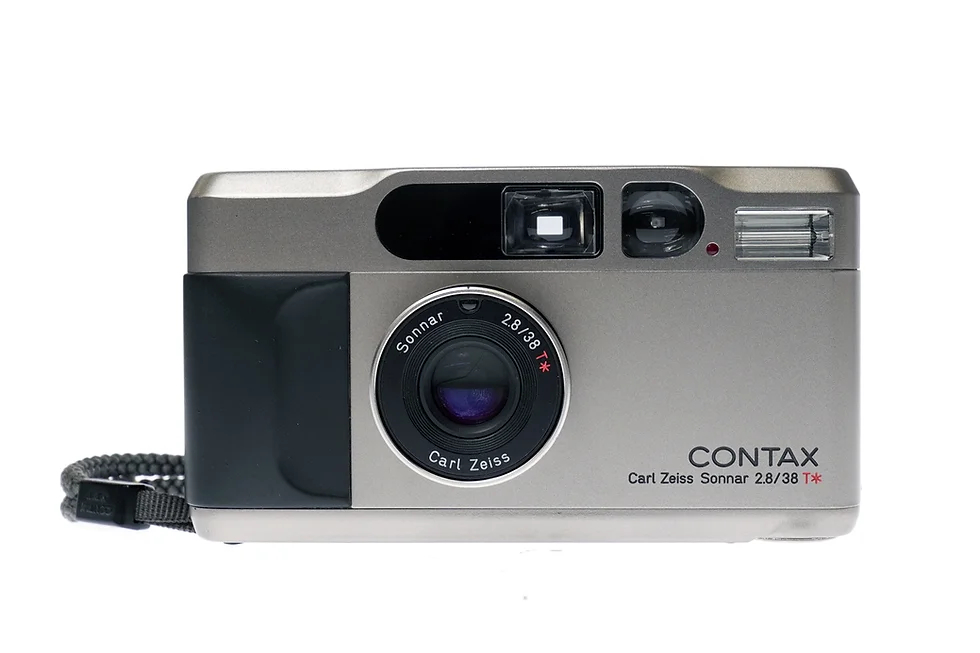
Preparing for the Reset Process
Before resetting the Nest Camera, take some preparatory steps to ensure that you have everything you need to complete the process and reconfigure the device afterward.
Gathering Essential Information
Before performing a reset, make sure you have your Wi-Fi network details, as well as your Nest account information, readily available. After the reset, you will need these details to reconnect the camera to your network and access its settings through the Nest app.
Backup and Documentation
If there are any important video recordings stored on the camera that you wish to keep, make sure to save them before resetting, as they will be deleted during the process. Additionally, document any specific settings or customizations you have configured so that you can easily reapply them after the camera has been reset and reconfigured.
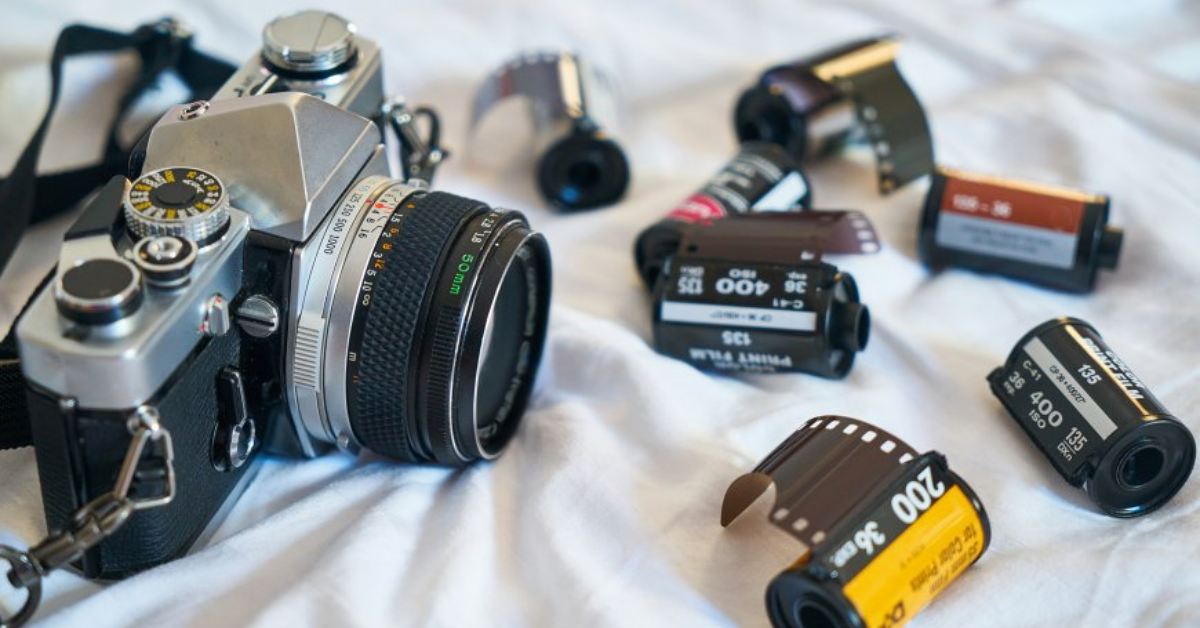
Step-by-Step Guide to Resetting the Nest Camera
Resetting your Nest Camera involves a specific set of steps that vary slightly depending on the model. Here’s how to perform a factory reset on a general Nest Camera model.
Locating the Reset Button
Find the reset button on your Nest Camera. On many models, it’s located on the back of the camera. Consult the user manual if you’re unsure where to find it.
Performing the Factory Reset
Press and hold the reset button. The time you need to hold the button may vary by model, but it’s typically between 5 to 10 seconds. Wait for the light on the camera to blink, indicating the reset process has begun. The camera will restart, and the light will change patterns as the reset progresses. Once the light turns solid, the reset is complete, and the camera is ready to be set up again.
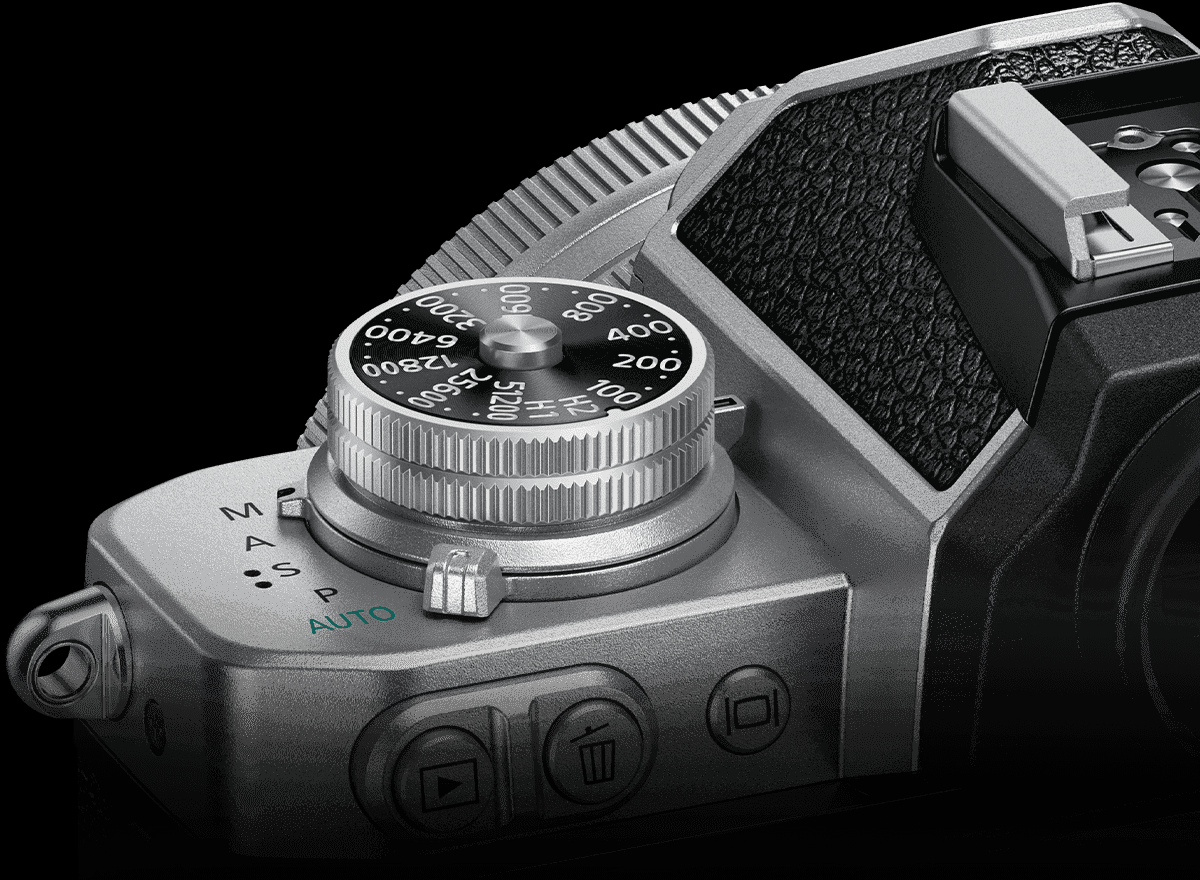
After the Reset: Setting Up Your Nest Camera Again
After the camera has been reset, you’ll need to go through the setup process to get it up and running again.
Reinstalling the Nest App
If you uninstalled the Nest app during your troubleshooting, reinstall it from your device’s app store. Open the app and sign in with your Nest account credentials.
Reconfiguring Your Camera
Follow the in-app instructions to add your Nest Camera to your account again. This will include connecting it to your Wi-Fi network, naming the camera, and adjusting settings such as video quality and motion detection preferences. Reapply any customizations you documented before the reset.
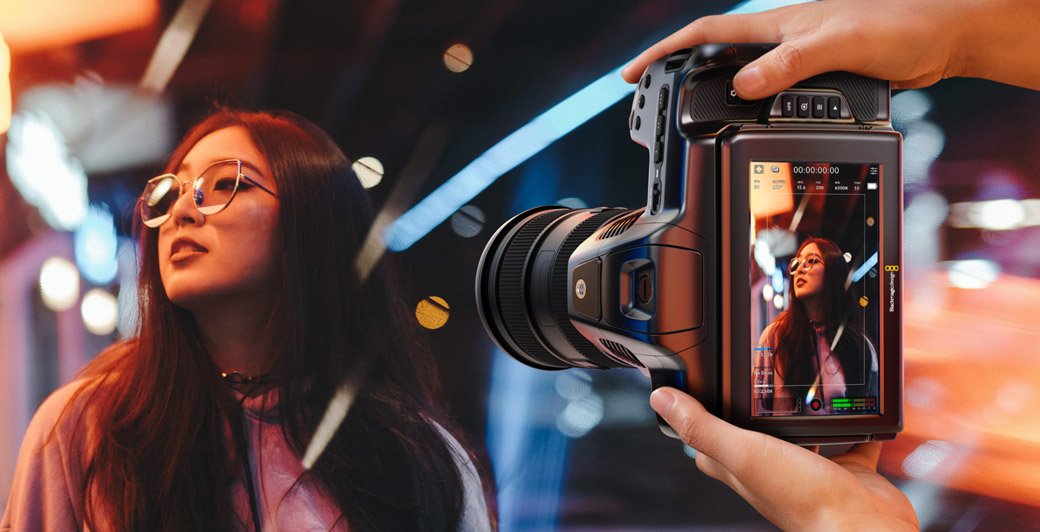
Optimizing Camera Performance Post-Reset
After resetting and setting up your Nest Camera, there are additional measures you can take to optimize its performance and prevent future issues.
Ensuring Optimal Placement
The location of your Nest Camera can significantly affect its performance, especially its connectivity to Wi-Fi. Ensure that the camera is placed within a good range of your router to maintain a strong signal. Avoid physical obstructions, such as thick walls or metal objects, which can interfere with wireless signals. Additionally, consider the camera’s field of view and position it to minimize glare from windows or other light sources.
Testing and Adjusting Settings
Test your camera to ensure that it’s recording and streaming as expected. You can do this by triggering motion events or initiating a live view through the Nest app. Check that notifications are coming through to your connected devices and adjust the sensitivity of motion and sound detection if necessary. This will help you find the right balance between being alerted to important events and avoiding unnecessary notifications.
Monitoring Camera Health
The Nest app provides a “Camera Health” feature that gives insights into the performance and status of your camera. Regularly check this section to monitor your camera’s battery life, Wi-Fi connection, subscription status, and firmware updates. Keeping an eye on these details can help you proactively address any potential issues before they escalate into bigger problems.
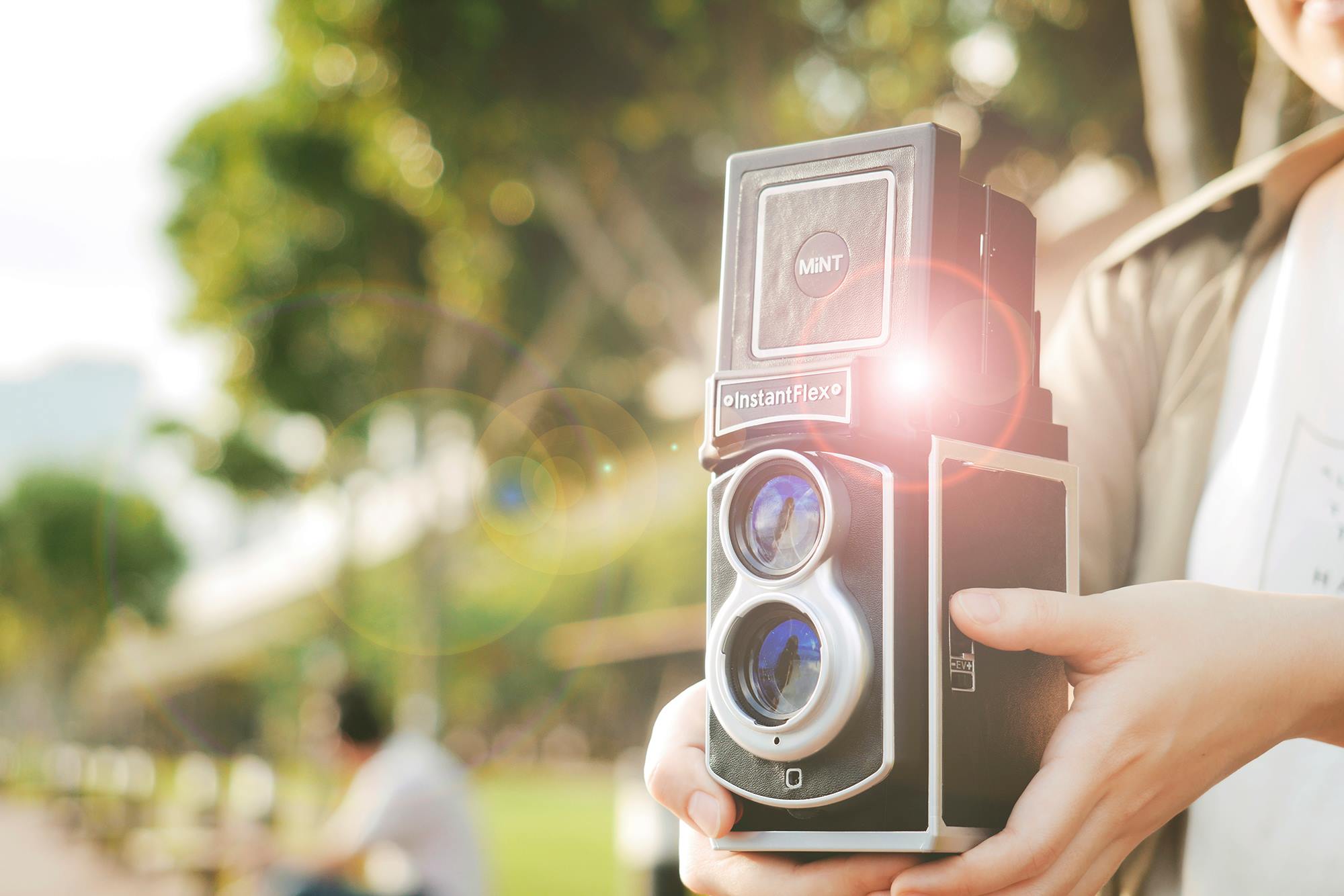
Maintaining Security and Privacy
With the camera reset and configured, maintaining the security and privacy of your Nest Camera should be a top priority.
Managing Account Security
Strong account security helps protect the access to your camera feeds and personal data. Use a robust, unique password for your Nest account and enable two-factor authentication for an added layer of protection. Regularly review the list of devices and users with access to your camera and remove any that are no longer authorized.
Regular Firmware and App Updates
Nest regularly releases firmware updates that enhance camera functionality and address security vulnerabilities. Ensure that your camera is set to automatically download and install these updates. Likewise, keep the Nest app updated on your mobile devices to access the latest features and improvements.
By completing these steps, you should have successfully reset your Nest Camera and addressed any issues that were affecting its performance. Resetting the device is a powerful troubleshooting method, and following it up with a proper setup ensures your Nest Camera continues to provide reliable home security. Remember to keep the camera’s firmware up to date and regularly check the app for any new features or updates that can enhance your Nest Camera experience.